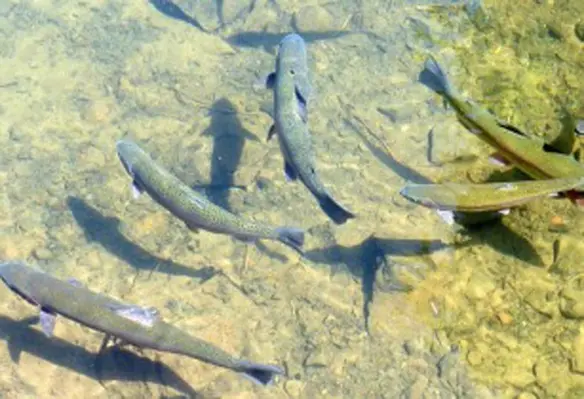The Aquaculture Stewardship Council (ASC) has updated salmon standard and freshwater trout standard following a rigorous multi-stakeholder and science-based review process
This is as part of ASC’s ongoing commitment to continuously improve standards and adapt to changes in the industry.
The revision is set to resolve inconsistencies between the two standards, meaning all freshwater salmonid farming, including salmon smolt production, will now be audited against the freshwater trout standard, which is specifically designed to minimise freshwater impacts.
With the change, ASC-certified salmon farms will be able to use smolt from freshwater cage culture, if the product has been certified responsible against the stringent requirements of the freshwater trout standard. Smolt production for all ASC-certified salmon farms will require an on-site audit for the first time.
Better performance and transparency for freshwater smolt production
The revision to the ASC Freshwater Trout Standard has strengthened the standard, incorporating updated best-practices and scientific progress that has been made since the first version of the standard was released. The new provisions will reduce the impact of freshwater smolt production for those places eligible for such certification, but does not allow smolt production in lakes when salmon is not a native species or where it is against the law.
“The revision will allow more salmon producers to embrace responsible production by meeting the stringent requirements of the ASC standards, including on-site audits for freshwater smolt production and indicators that will protect the local areas where the smolts are produced by setting production levels that aid conservation, prevent escapes, and protect water quality,” said Chris Ninnes, CEO of ASC.
Improving sea lice treatments
The findings lead to a new requirement for ASC certified salmon farms, and farms will have to meet a Weighted Number of Medicinal Treatments (WNMT). The formula determines both a global level of best performance, as well as a region-specific entry-level, based on the best performance in that area.
A farm must meet the regional entry-level of WNMT to be certified, but once certified it must then show that it is continuously improving its performance until it hits the global level. A farm’s performance will take into account not only how many treatments it is using, but whether those treatments are targeted.
“When the ASC Salmon Standard was originally drafted there was very little information on how often salmon were treated to remove sea lice, but since then the ASC programme has collected a great deal of performance information from certified farms,” said Chris Ninnes.





